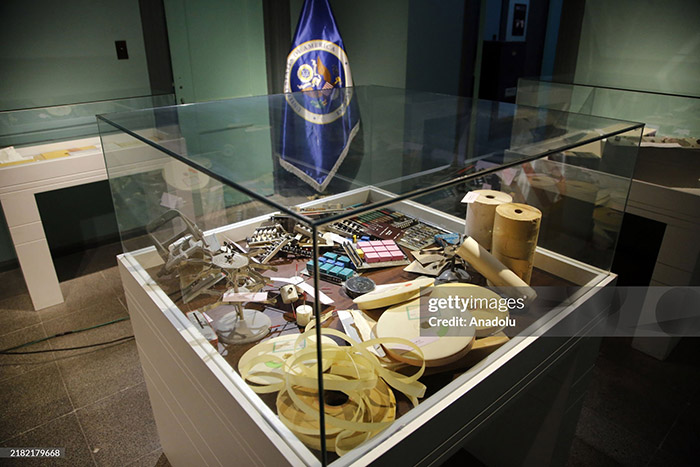The media closely followed every detail, and the crisis became a national obsession in the United States. Yellow ribbons, a symbol of hope for the hostages’ safe return, appeared across the country, and every day, Americans waited for updates on their countrymen held captive in Tehran. The ordeal underscored a larger struggle between East and West, amplifying the voices of those who criticized U.S. foreign policy in the region.
Resolution of the Crisis: The Algiers Accords and Hostage Release
The crisis finally came to an end on January 20, 1981, coincidentally on the day Ronald Reagan was sworn in as President of the United States. Intense diplomatic efforts culminated in the signing of the Algiers Accords, facilitated by Algerian intermediaries. The deal saw the U.S. agree to release frozen Iranian assets and refrain from interfering in Iran’s internal affairs, while Iran, in turn, pledged to release the hostages.
After 444 days of captivity, the hostages were finally freed. Their release marked an end to the crisis but did not restore diplomatic relations between Iran and the U.S. to this day. The prolonged ordeal significantly impacted American foreign policy, leading to heightened security at U.S. embassies worldwide and prompting a reassessment of the country’s approach to Middle Eastern politics.

